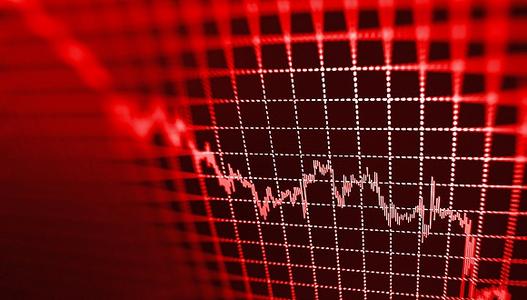SunSirs: China's Magnesium Prices may Enter a Period of Turbulence in October
October 09 2020 08:04:10 SunSirs (Linda)
1. Market trend of magnesium market in 2020
In 2020, the price of magnesium ingots will generally show a downward trend. According to the data of the business agency, affected by the epidemic in mid-February, domestic transportation was blocked, and trading was inconvenient. Manufacturers pre-sold and quoted mainly. After the price rose sharply, after the real trading operation, overseas shipments were not smooth. As a result, domestic magnesium ingot prices continued to fall. In March-April, the prices of most domestic commodities gradually went out of the'epidemic pit', and the price of magnesium ingots failed to follow the rise and moved downward. Magnesium ingot prices began to stabilize in mid-September.
2. The main cause of magnesium price decline
1) Poor export
The export proportion of magnesium ingots is relatively large, and the external environment has a relatively large impact on the price of magnesium ingots. According to relevant statistics, China exported a total of 452,000 tons of various magnesium products in 2019, accounting for 46.6% of magnesium output.
2) The price of non-ferrous metals lagging behind in the large period is relatively high
Magnesium prices were at a high level in 2017/2018 and did not follow the major downward cycle of base metals. In 2019, they started a step-down mode, lagging non-ferrous metals.
3. Main reasons for recent stabilization
1) The price drops to a low
On October 4, the magnesium commodity index was 75.41, which was the same as on October 3. It was a 34.10% decrease from the highest point in the cycle of 114.43 points (2012-08-01), and an increase of 3.76 from the lowest point of 72.68 points on January 10, 2016. %. (Note: Period refers to 2012-03-01 to present)
In other words, the current price is near the historical low, and the downside space is narrowing.
According to the analogy lag theory, the price of magnesium ingots lags behind the non-ferrous metal sector for 1-2 years, and the non-ferrous metals have bottomed out:
The non-ferrous index was 901 points on October 4, which was the same as on October 3, a decrease of 10.35% from the highest point in the cycle of 1005 points (2012-01-31), and an increase of 48.43 from the lowest point of 607 points on November 24, 2015. %. (Note: The cycle refers to 2011-12-01 to the present) Magnesium ingot prices have greater upside potential.
2) Lower output
According to statistics from the China Nonferrous Metals Industry Association, China produced 465,400 tons of primary magnesium from January to July 2020, a year-on-year decrease of 3.66%.
1) The impact factors on the supply and demand side move downward, and the impact factors on the cost side rise.
In the early stage, the market price of magnesium ingots fell to RMB 12,100/ton, and the profit margin of magnesium enterprises fell. Based on the consideration of cost factors, domestic mainstream manufacturers have sharply increased their willingness to stand up prices, and the influence of cost factors on prices has gradually increased. Unlike when profitable, the supply and demand side is weaker, and buyers will benefit in the long-short game. The influence of supply and demand factors on prices weakened.
2) Magnesium prices may enter a period of turbulence in Octobe
Based on the current low prices of magnesium ingots, profits have fallen and manufacturers' willingness to hold up prices has risen, and the downward space has narrowed. SunSirs analysts believe that in October, magnesium prices may fluctuate in a plateau period, bottoming out and waiting to rise.
If you have any questions, please feel free to contact SunSirs with support@sunsirs.com.
- 2026-01-07 SunSirs : Multiple Factors Converge as Nonferrous Metals Poised for Sustained Bull Run
- 2025-12-30 SunSirs: Magnesium Prices Remained Stable, with Trading Weakly at Low Levels (December 22-26)
- 2025-12-29 SunSirs: China Exports 408,800 Metric Tons of Magnesium Products from January to November 2025
- 2025-12-22 SunSirs: Magnesium Prices Bottomed Out and Rebounded Slightly Last Week (December 15-19)
- 2025-12-22 SunSirs: 2026 on the Horizon: Strategic Plans of the World’s Mining Leaders - 2



